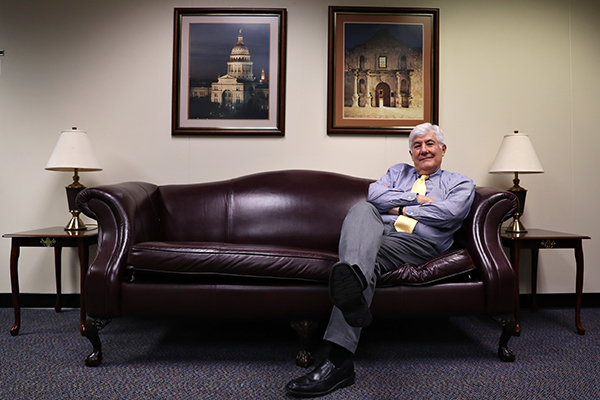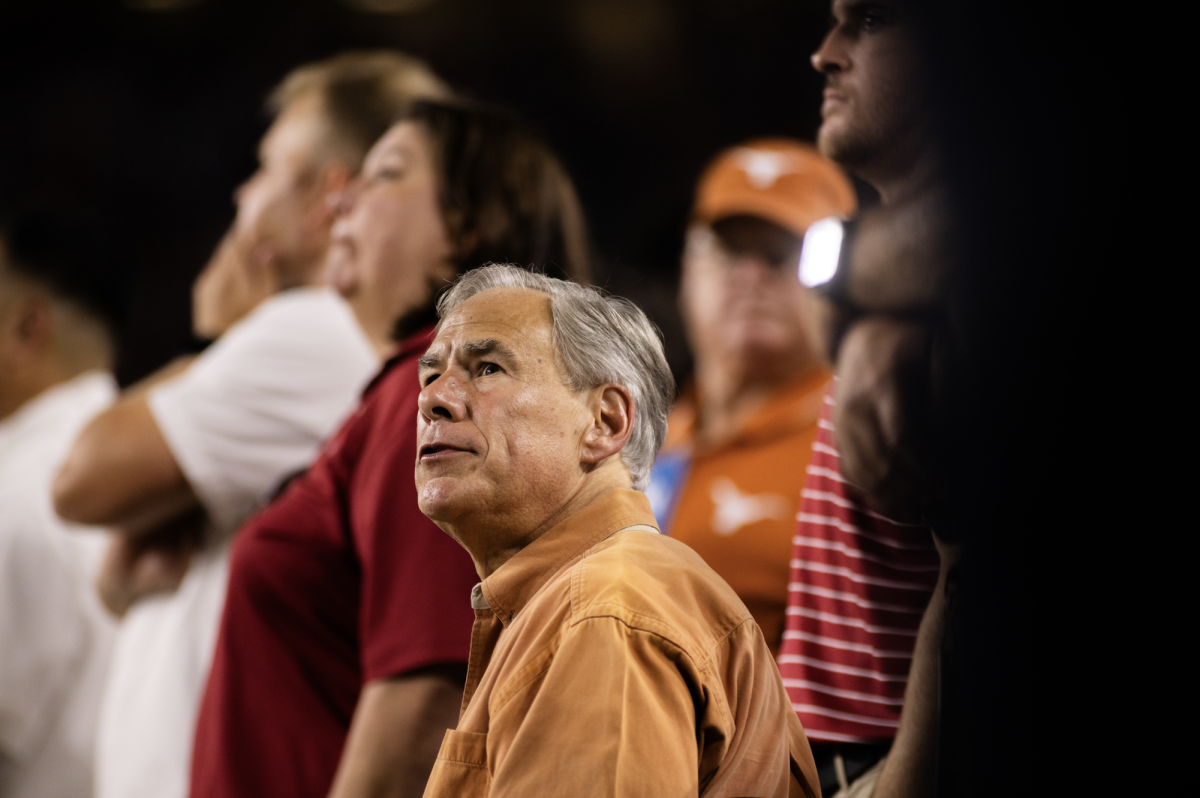As Texas falls behind other states in college completion rates, a panel of three Texas higher education leaders, hosted Friday by The Texas Tribune, discussed how the state can catch up.
Texas’ six-year and four-year degree completion rates are below average, according to The National Center for Higher Education Management Systems. The panelists said solutions to this issue lie not just in improving the numbers, but also with changing how the state measures student success.
Panelist Vistasp Karbhari, president of UT-Arlington, said measuring student success with four- and six-year degree completion rates ignores nontraditional students, adult learners and community college transfers, who make up approximately 50% of UTA’s student population, according to the Chronicle of Higher Education.
“We have to keep in mind that for those students, a four-year or six-year degree isn’t in their plan, and it isn’t in their plan because life is also going to take place side-by-side,” Karbhari said. “We want to make sure students progress at the right pace for them.”
Karbhari also suggested using technology to track individual student progress to aid students when they start struggling and proposed creating more majors catered to nearby workforce demand, such as UTA’s new architectural engineering degree plan.
Panelist Raymund Paredes, Commissioner of Texas Higher Education, said the small percentage of Texas high school students who go on to college, 51%, hinders the state on a national level. Paredes heads the Texas Higher Education Coordinating Board, which leads 60x30TX, a project that aims for 60% of Texans age 25 to 34 to have a post-secondary degree by 2030.
“That kind of deficit, that kind of disparity accumulates over time and makes us very uncompetitive in certain fields,” Paredes said. “There’s a reason why Silicon Valley is where it is, and we have to make some changes in educational achievement in Texas in order to compete at that level.”
Paredes said one way to fix the disparity is to change the way Texas funds schools. The state funds universities almost entirely on how many students are enrolled in how many hours. Paredes said he’s trying to switch that funding model to one based on outcomes and performance, which he said has already seen success at two-year institutions and technical colleges throughout the state.
The panel also discussed which of the 86th Texas Legislature’s higher education proposals have chances of getting funded. Panelist Millicent Valek, president of Brazosport College, said increasing the amount of money that goes toward performance-based funding has been a top priority during the current legislative session. However, Valek said certain proposals, namely tax cuts, are in danger of harming community college success rates.
“Community colleges have an important funding source that we rely on that comes from local taxes,” Valek said. “In the Senate version (of this tax proposal), we are not exempted from the proposed roll back rate of 2.5%. If that were to prevail, that would wipe out the entire growth we’ve made in student success in one year.”




















